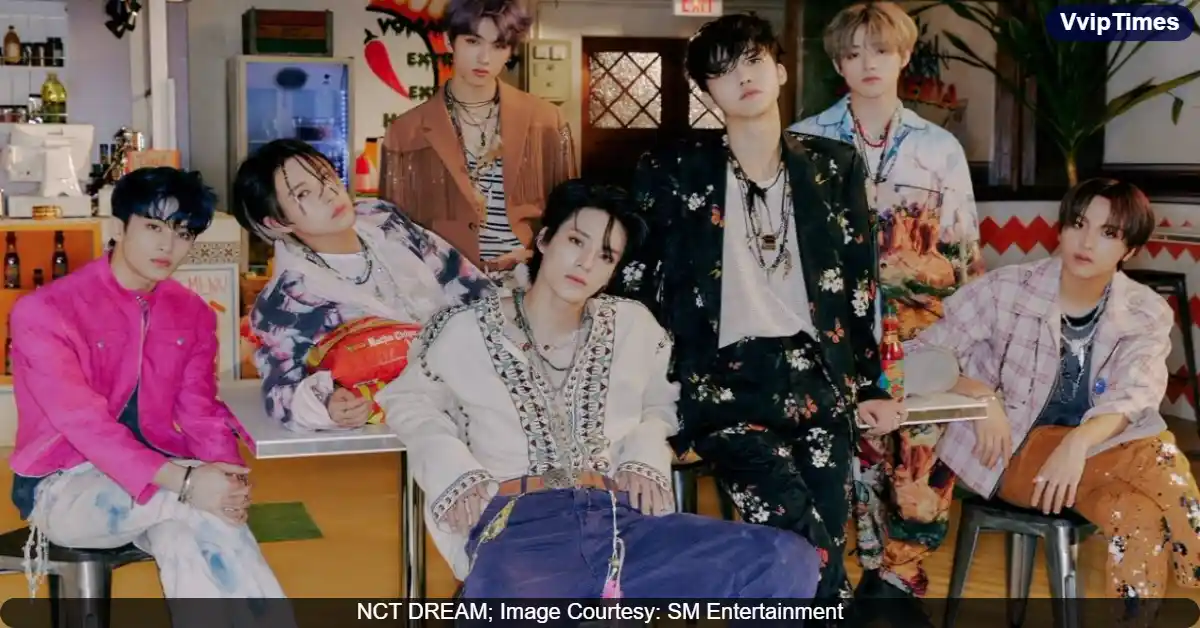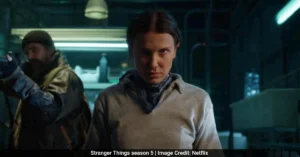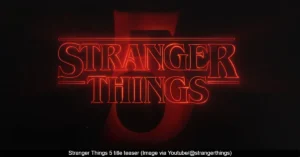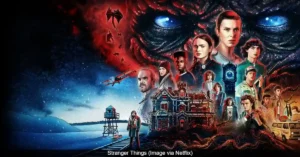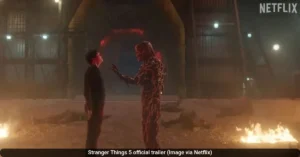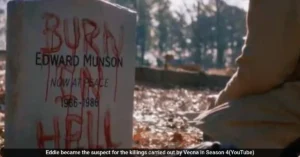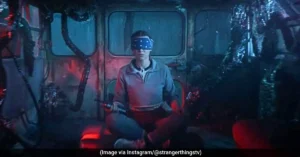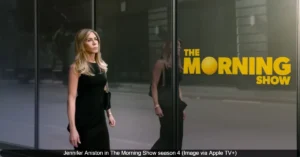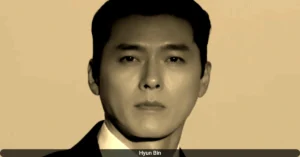For the kids in Stranger Things, the monsters of Dungeons & Dragons are more than just game characters; they are a vital guide to understanding the terrifying threats from the Upside Down. While villains like the Demogorgon and Vecna have become central to the show’s plot, the series creators have revealed they discussed bringing many more D&D monsters to life but had to leave most of them out.
The Unused D&D Villains
In a recent interview, the Duffer Brothers were asked if there was a particular D&D villain they wished had made it into the show. They confirmed that many concepts were discussed but ultimately not developed.
“We did talk about a lot of them. I can’t remember. Was it Vlad? You know, here’s the weird thing. See, it’s like we are we grew up actually playing Magic the Gathering,” said Ross Duffer.
This conversation highlights that while the D&D Monster Manual was a frequent source of inspiration, the showrunners were selective. They focused only on the creatures that best served the story they were telling in 1980s Hawkins.
Why Some Monsters Were Left Out
The decision to exclude certain D&D villains was not arbitrary. The Duffers were guided by several key principles to maintain the show’s unique identity and narrative strength.
Narrative focus was a primary concern. Introducing too many monsters could dilute the show’s tension and distract from the main character arcs. The Demogorgon and Vecna were included because they were directly tied to the plot and helped move the story forward.
Timeframe accuracy also played a role. The show is meticulously set in the 1980s, but the official lore for some D&D creatures was not published until the 1990s. The creators admitted they “cheated a little bit” with Vecna, whose detailed lore came later, because he was simply too perfect a fit to pass up. Other monsters may not have been worth bending the timeline for.
Finally, the brothers prioritized originality and coherence. D&D served as inspiration, but the threats in the show needed to feel fresh and uniquely suited to the world of Stranger Things. The monsters were adapted and transformed to fit the show’s mythos, not just copied from the game.
Dungeons & Dragons as the Show’s Backbone
The role of D&D in Stranger Things evolved naturally. What started as a simple character trait for the core group of kids became a fundamental storytelling device.
“Well, it wasn’t actually supposed to be that big part of the show,” Ross Duffer explained. “It was just the kids were going to be playing D and D and then they needed reference points to talk about and understand what was going on and we had established them playing D and D and it just became increasingly a bigger part of the show.”
This framework allowed the characters, and the audience, to process the supernatural events in Hawkins. The game provided a shared vocabulary, turning incomprehensible horrors into something the Party could confront, even if only by name.
Also Read:
The Villains That Made the Cut
The most prominent example of a D&D villain successfully adapted for the show is Vecna. The lich from the game, an undead wizard and god of death, shares a name and a fearsome reputation with the show’s human antagonist, Henry Creel.
The Duffers felt Vecna was essential for Season 4. They needed a villain with a weighty, ominous name and abilities that aligned with their new monster. The choice was so important they worked the lore into the story through their advanced Dungeon Master, Eddie Munson, who introduced Vecna to the Hellfire Club’s game before the character’s official 1990s release.
This selective approach ensured that D&D remained a crucial part of the show’s DNA without limiting its creative freedom. The game is the lens through which the heroes see their battle, but the show’s threats stand on their own as original and terrifying creations.
The final season of Stranger Things is set to premiere on November 26, 2025.
Also Read: Fallout Season 2 Trailer Out: Is Ron Perlman Finally in the Show?



